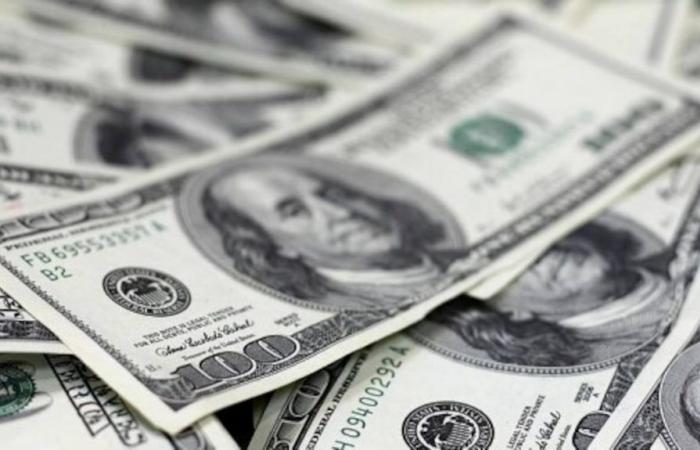O dollar is in an exuberant phase. As American growth remained strong and investors reduced bets that the Federal Reserve (Fed, the American central bank) will cut interest rates, money flooded the country’s markets – and the dollar soared. It is up 4% this year, measured against a basket of currencies; and the fundamentals point to an even greater appreciation. With one presidential election approaching and with both Democrats and Republicans determined to promote American industry, the world is on the cusp of a new period of strong dollar geopolitics.
This situation is made even more difficult by the fact that the currency’s strength reflects weakness elsewhere. At the end of 2023, the United States economy was 8% larger than it was at the end of 2019. The economies of Great Britain, France, Germany, and Japan each grew by less than 2% during the same period. The yen is at a 34-year low against the dollar. The euro fell from US$1.10 at the beginning of the year to US$1.07. Some traders are now betting that euro-dollar parity will be reached early next year.
If donald trump win the elections in November, the stage will be ready for a fight. A strong dollar tends to raise the price of American exports and lower the price of imports, widening the country’s persistent trade deficit – a problem for Trump for many decades.
Robert Lighthizer, the architect of the tariffs against China during Trump’s time in the White House, wants to weaken the dollar, according to the news site Political. The president Joe Biden has not made any public statements about the currency, but a strong dollar also complicates its agenda for the industry.
Elsewhere, a strong dollar is good for exporters who have costs denominated in other currencies. However, high US interest rates and a strong dollar generate imported inflation, which is now being exacerbated by relatively high oil prices. Additionally, companies that borrowed in dollars face higher payments. On April 18, Kristalina Georgieva, director of IMFwarned about the impact of these events on global financial stability.
Many countries have ample foreign exchange reserves that they can sell to strengthen their currencies: Japan has $1.3 trillion, India $643 billion, and South Korea $419 billion. However, any relief would be temporary. Although the sell-offs slowed the dollar’s strength in 2022, when the Fed began raising interest rates, they did not stop it. Central banks and finance ministries are not willing to waste their assets on fruitless struggles.
Another option is international coordination to stop the dollar’s rise. The beginnings of this were shown on April 16, when the finance ministers of the United States, Japan and South Korea issued a joint statement expressing concern about the falling yen and won. This could be the precursor to further intervention, in the form of joint sales of foreign exchange reserves, to prevent the two Asian currencies from weakening further.
But as much as these countries want to be on the same page, the economy is inevitably pulling them apart. After all, the weakness of the yen and won is driven by the difference in interest rates between the United States and other countries. South Korea’s two-year government bonds offer a return of about 3.5%, and Japan’s just 0.3%, while U.S. Treasury bonds maturing in the same period offer 5%. If interest rates remain markedly higher in the United States, investors seeking returns will have a simple choice, and their decisions will strengthen the dollar.
Furthermore, there are countries with which the US is less likely to cooperate. According to the bank Goldman Sachs, China recorded about $39 billion in foreign currency outflows in March – the fourth-highest amount of any month since 2016 – as investors fled the country’s weakening economy. The yuan has been weakening steadily against the dollar since the start of the year, and more rapidly since mid-March, when the dollar rose from 7.18 to 7.25 yuan.
O Bank of America expects the dollar to reach 7.45 yuan by September, when the US election campaign will be in full swing. That would put the yuan at its weakest point since 2007, giving a boost to China’s latest export push. You chinese electric vehicles cheap may be about to get even cheaper.
Even protectionists in the United States may be willing to ignore allies’ weak currencies, at least for a while. They are less likely to do this with respect to China. This raises the risk of new tariffs and sanctions, and perhaps even China’s return to the United States’ list of currency manipulators. As long as the US economy outperforms, the dollar is likely to remain strong. And as long as American politicians consider this a cause for concern, trade tensions are sure to rise.
This content was translated with the help of Artificial Intelligence tools and reviewed by our editorial team. Learn more in our AI Policy.






